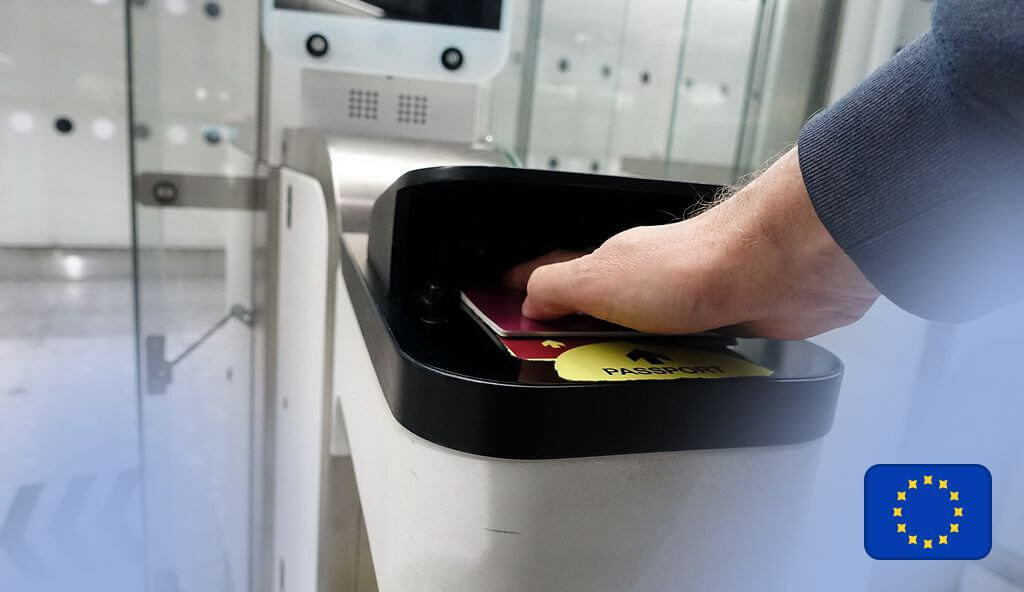- Jul 11, 2025
- 1 min read
EU Approves 180‑Day Phased Roll‑Out for EES Biometric Border System
The European Union has confirmed a 180-day phased launch for its long‑awaited Entry‑Exit System (EES), expected to begin in October 2025.

Photo credit: 1000 Words / Shutterstock.com
The European Union has confirmed a 180-day phased launch for its long‑awaited Entry‑Exit System (EES), expected to begin in October 2025. The plan was approved following a decisive vote in the European Parliament of 572 in favor, 42 against, and 67 abstentions. The system will capture fingerprint and facial biometric data at Schengen-area borders for third‑country nationals, eliminating traditional passport stamping and facilitating faster border processing.
According to the schedule, 10% of border crossings must be recorded by day 30 of the roll-out, rising to 35% by day 90, with full coverage by day 170. However, member states can start implementation sooner if they wish. Roll-out may, however, be suspended if border delays or technical issues arise.
Having earlier mentioned the importance of secure borders and fast processing for legitimate travelers, rapporteur Assita Kanko said,
We worked on the new law at top speed and secured a more realistic launch timetable to allow the system to be put in place as soon as possible.
Following formal adoption by the Council of the EU, the EES law will take effect three days after publication in the Official Journal. eu‑LISA will have 30 days to issue a central deployment plan while member states must submit national plans within 60 days. The Commission will then define the official start date for the 180‑day window.
The roll-out of EES has long been expected, but has faced repeated delays. The system is expected to be a key part of a broader EU agenda to modernize border security, improve processing efficiency, and reduce visa overstays across the Schengen Area. Meanwhile, the similarly long-awaited ETIAS travel authorization program for the Schengen area is planned for late 2026.
Relevant articles
- news
- 3 weeks ago
- 1 min read
The EU Commission has set October 12, 2025, as the start date for the roll-out of its long-awaited biometric border Entry‑Exit System (EES).

- news
- 2 weeks ago
- 1 min read


